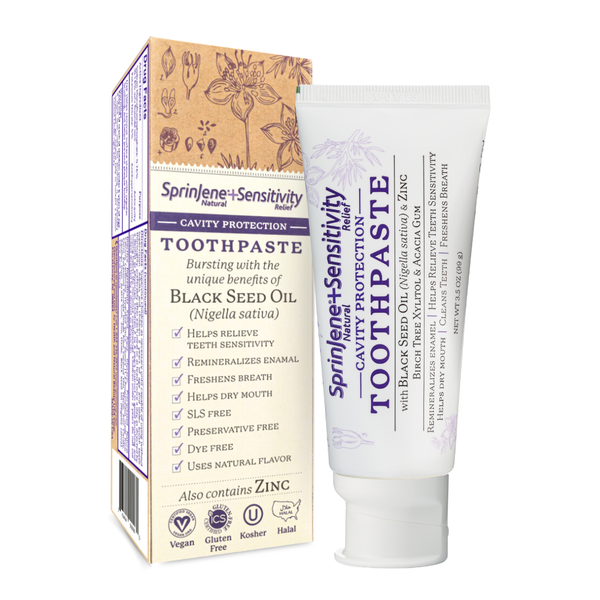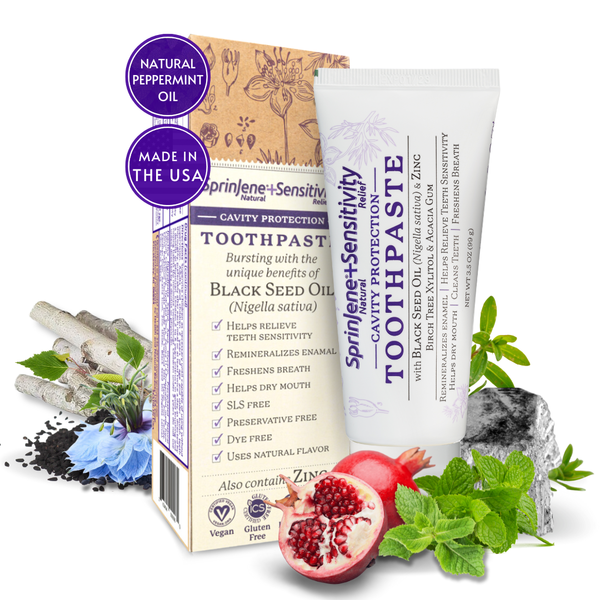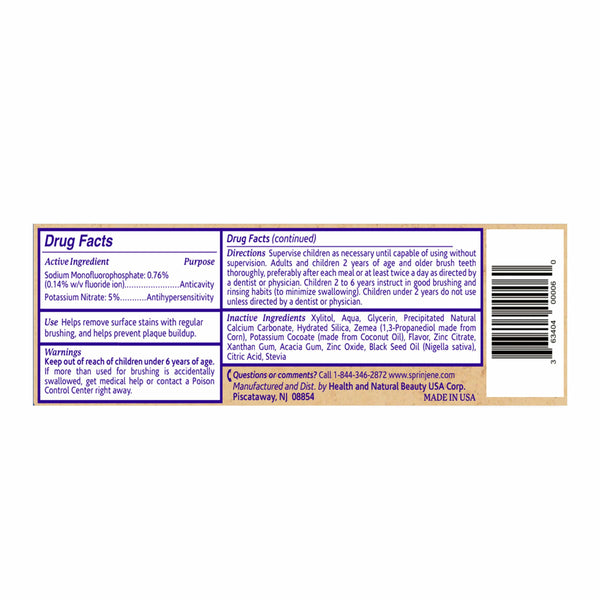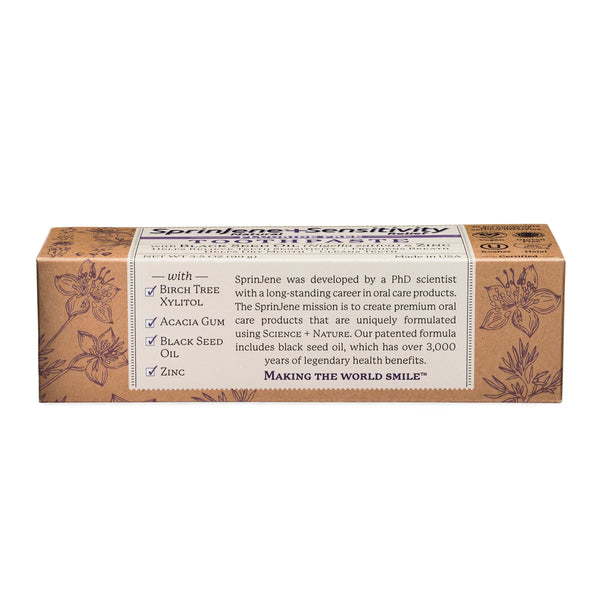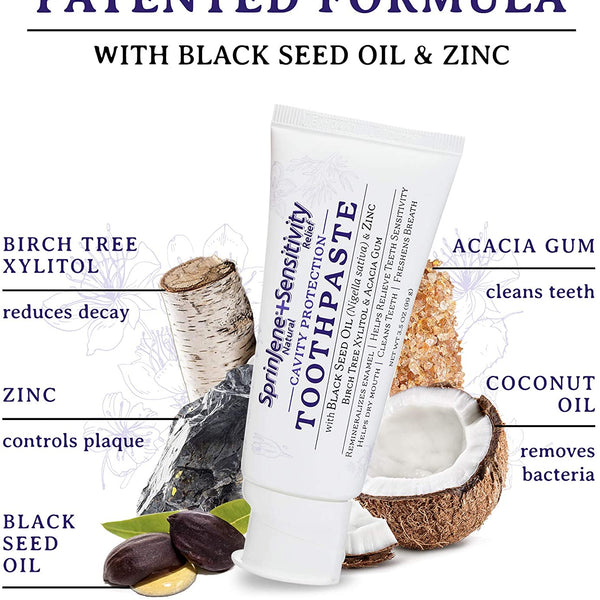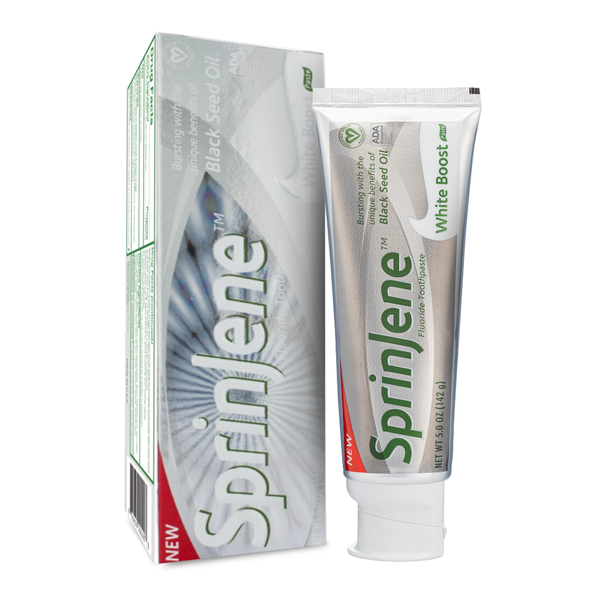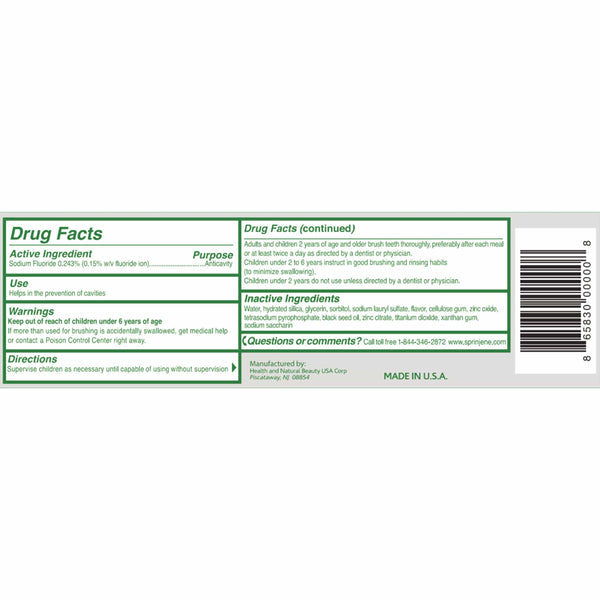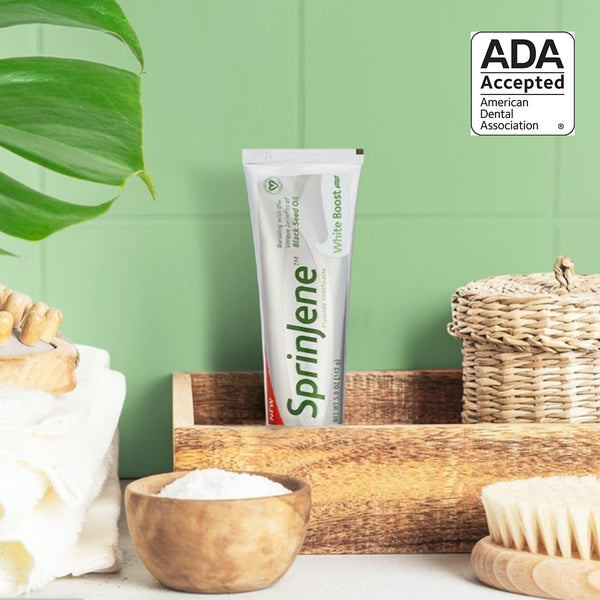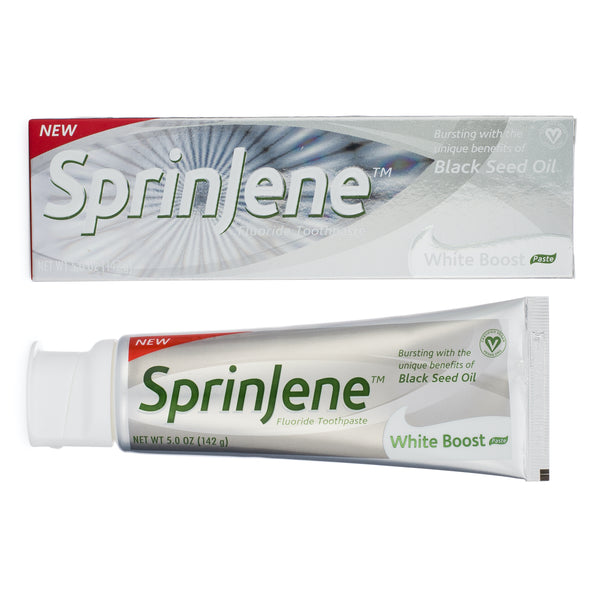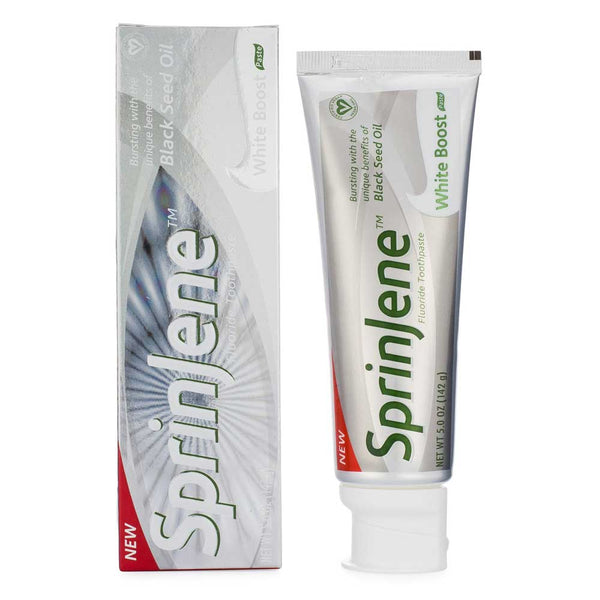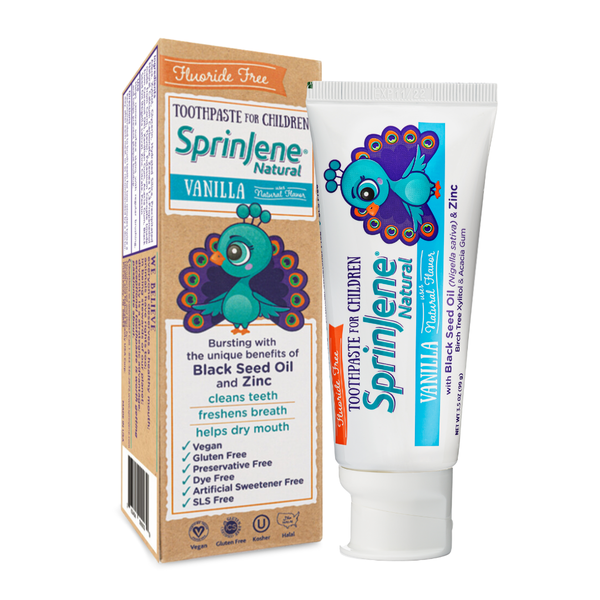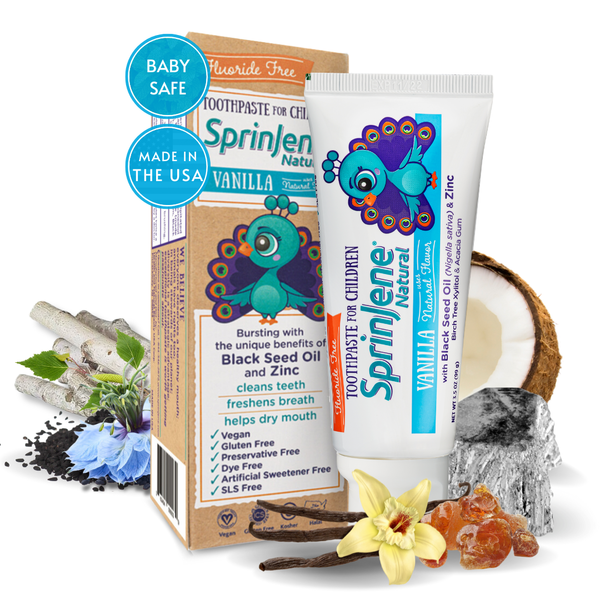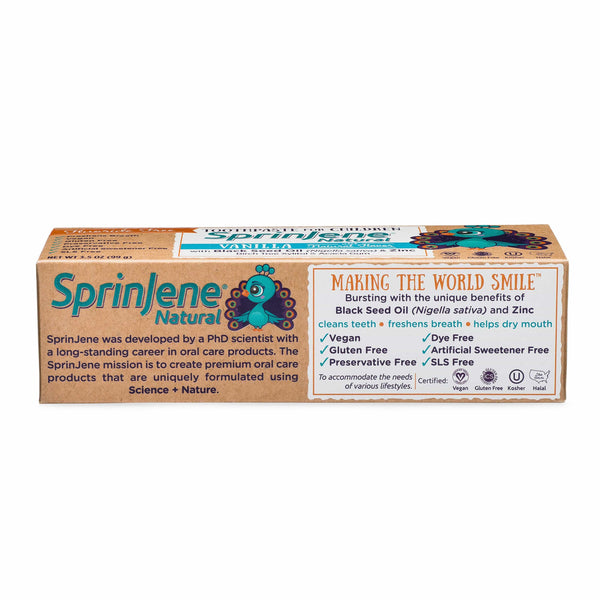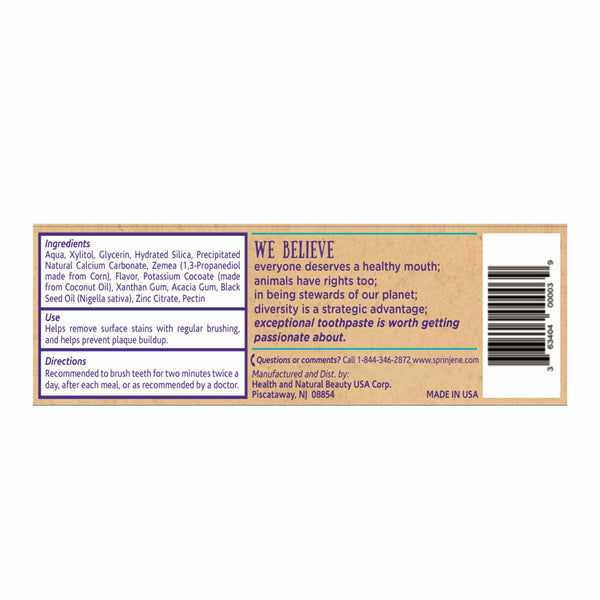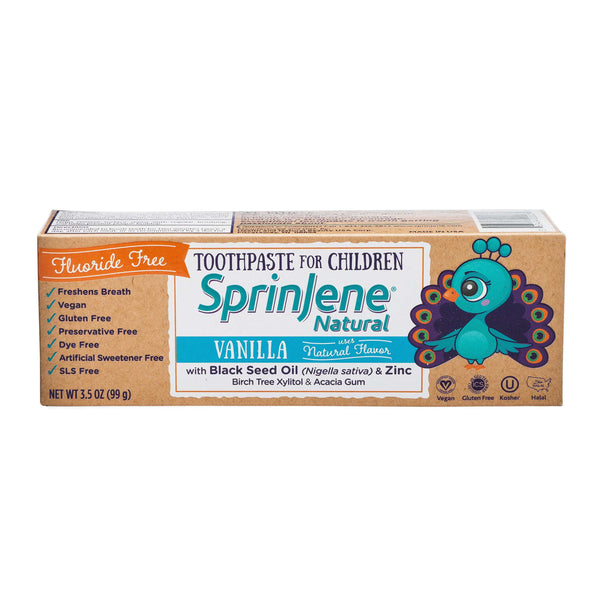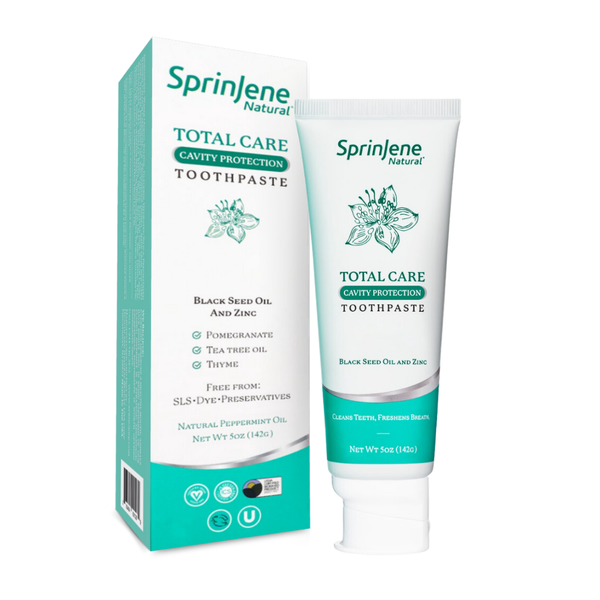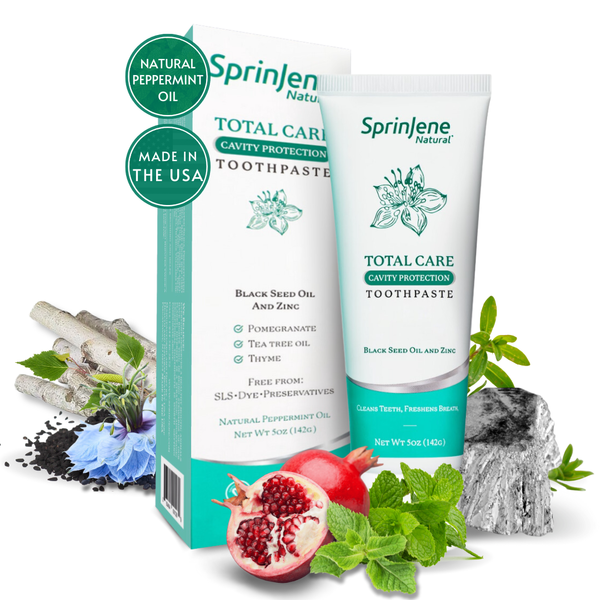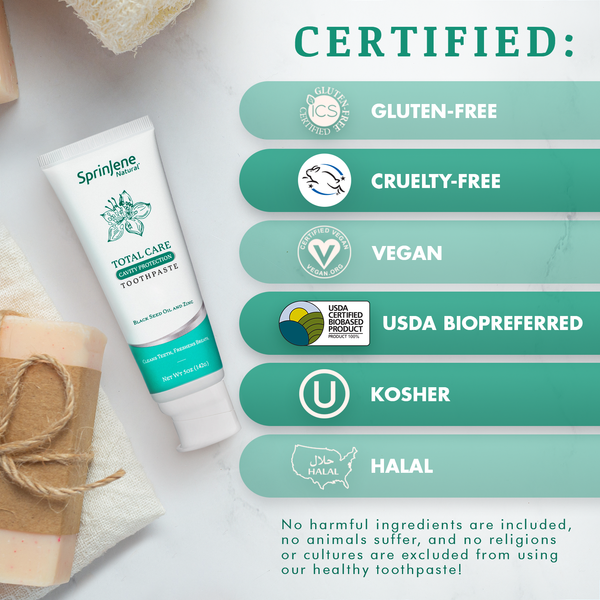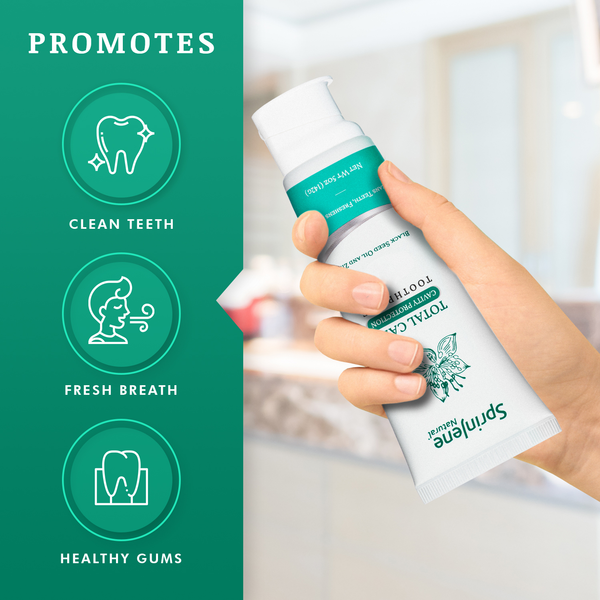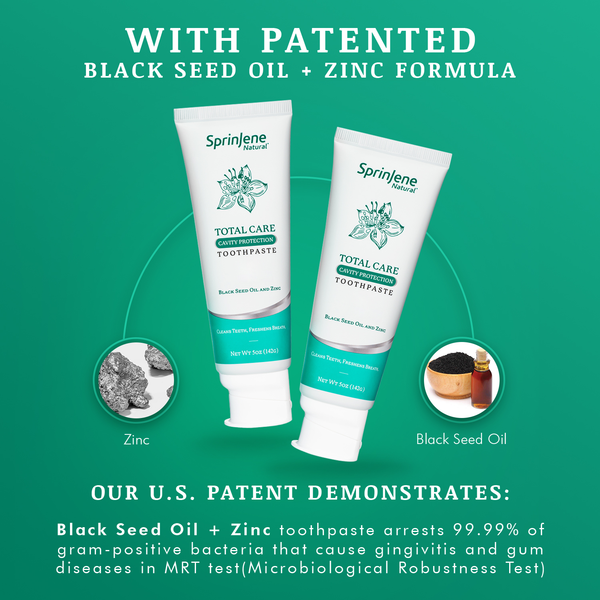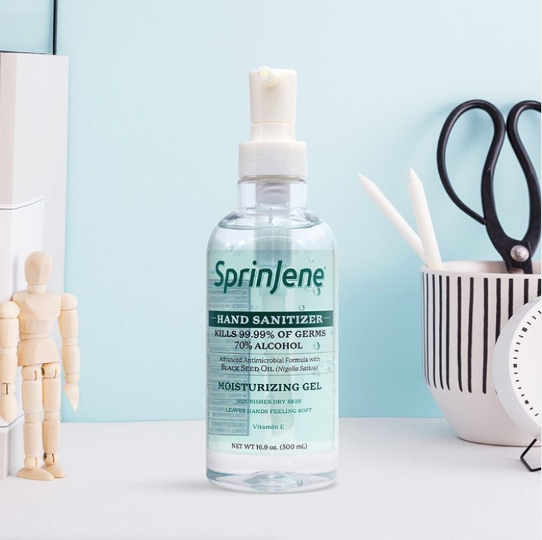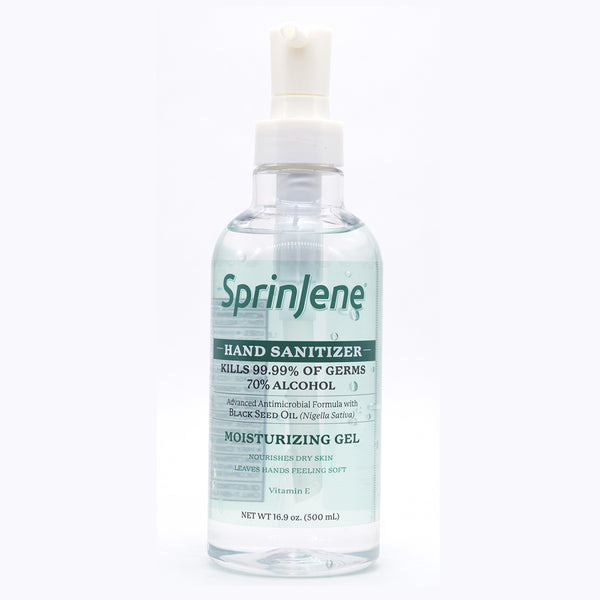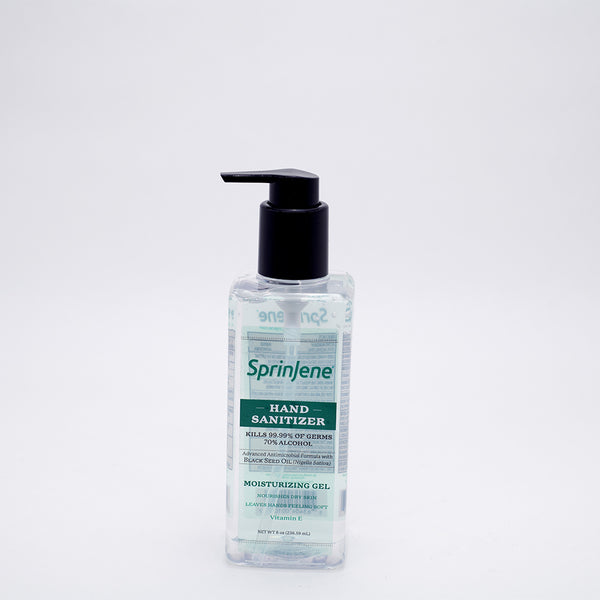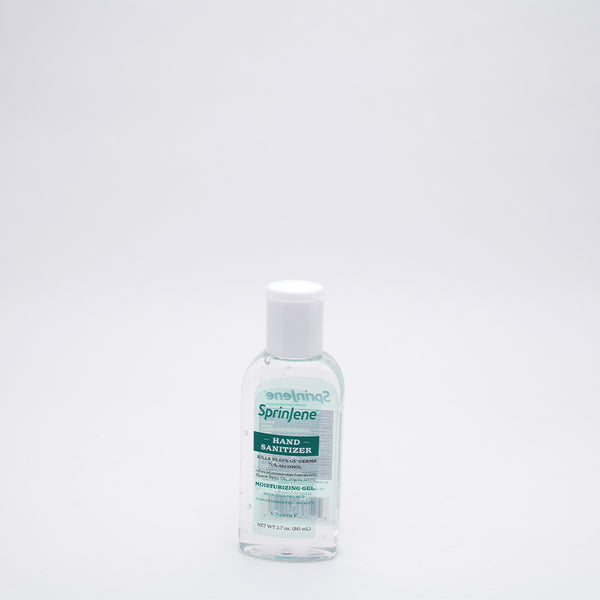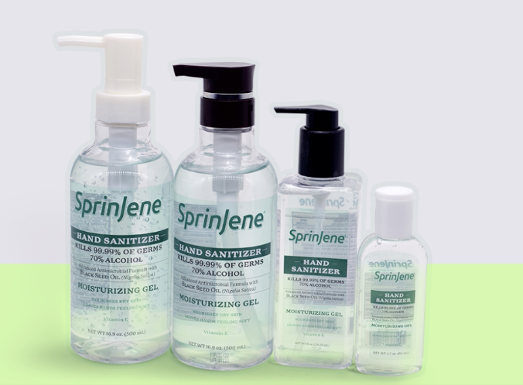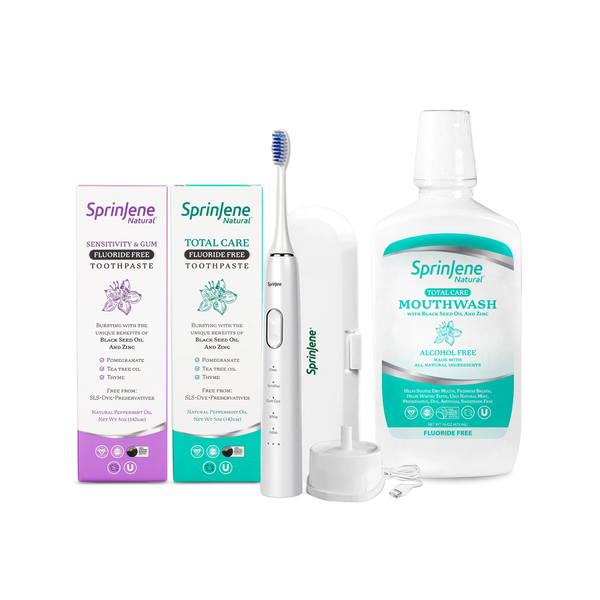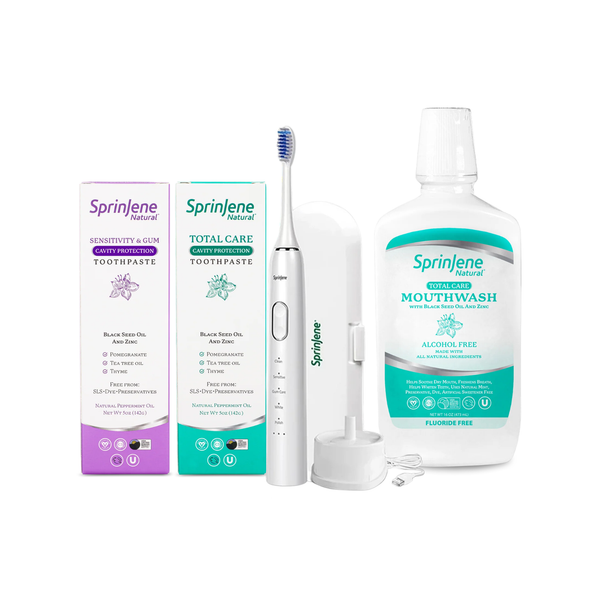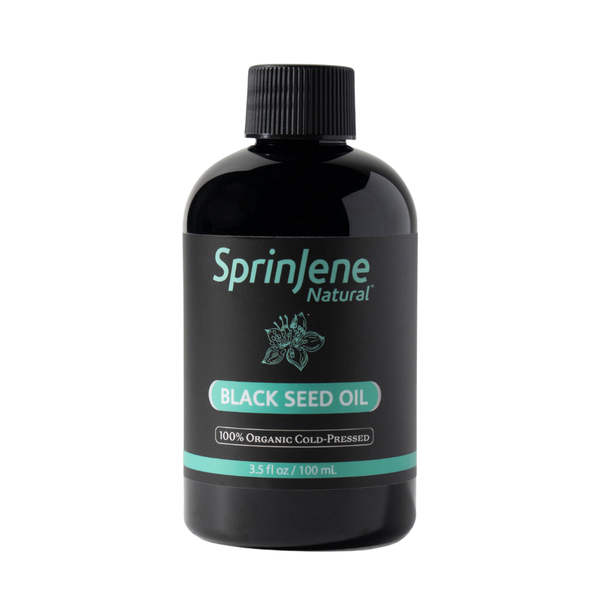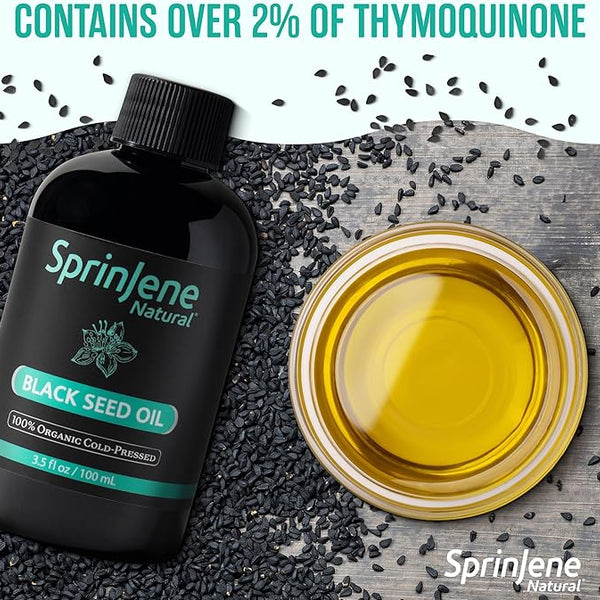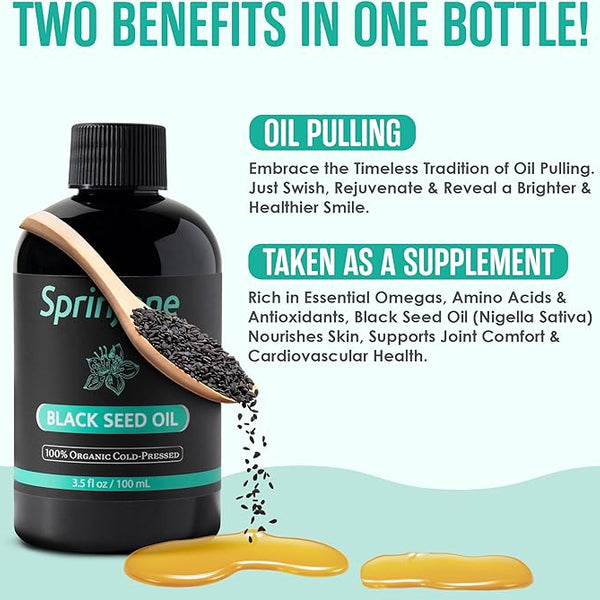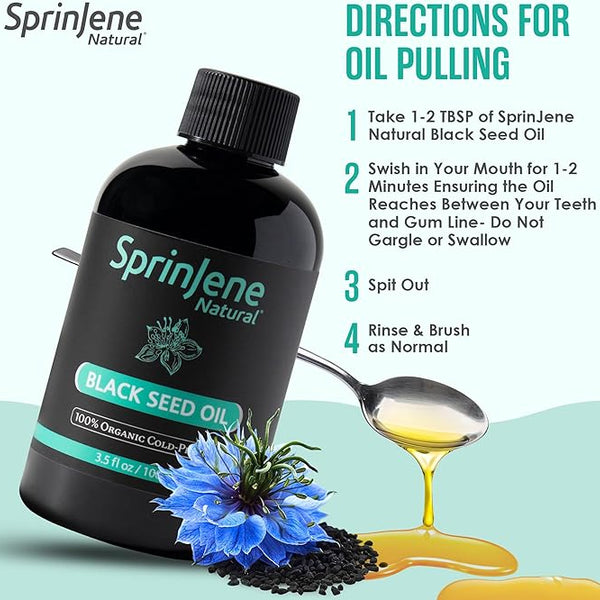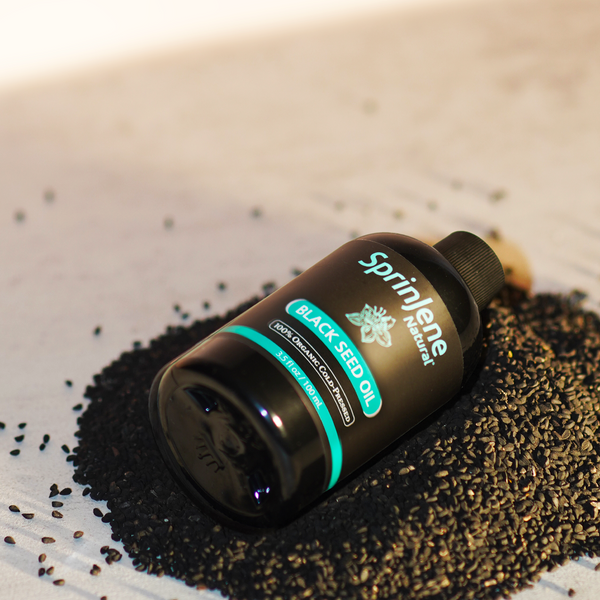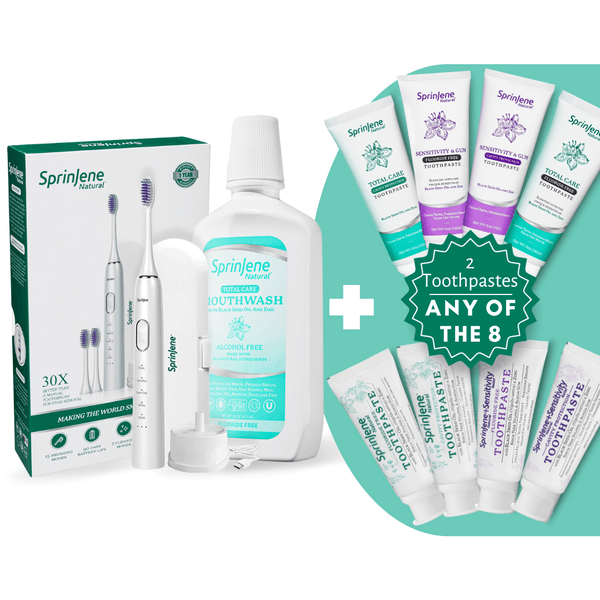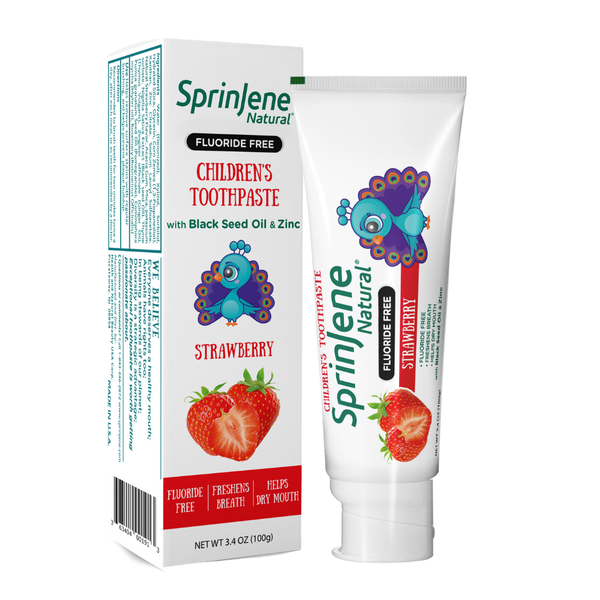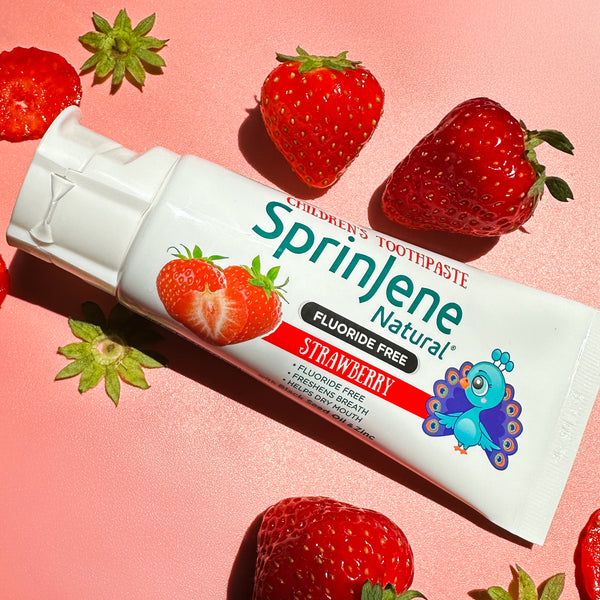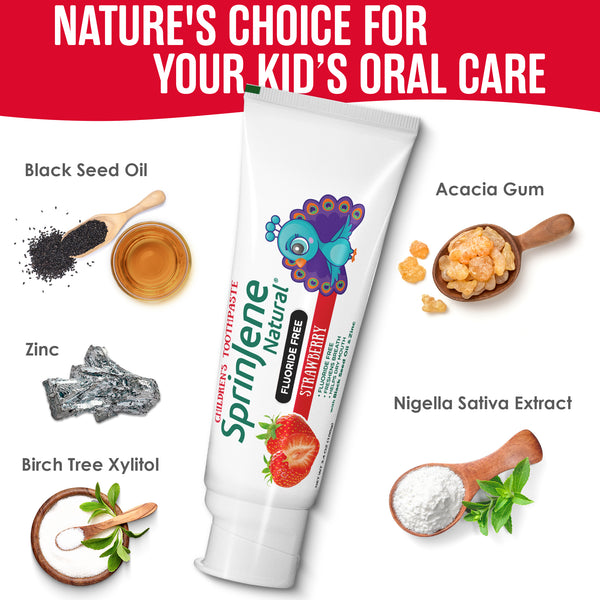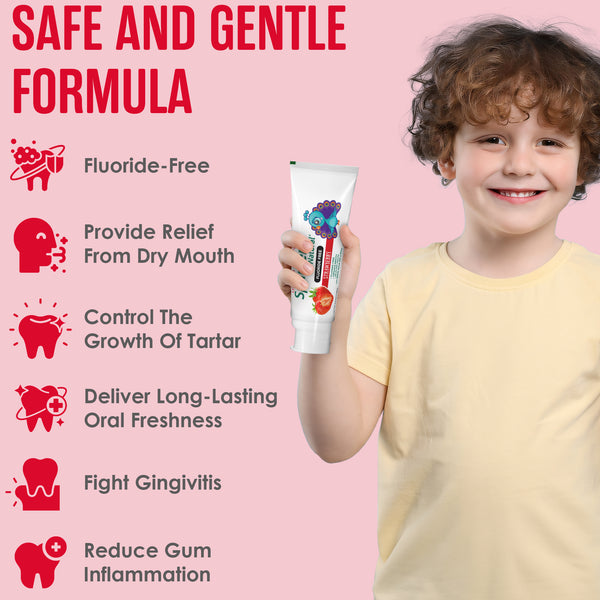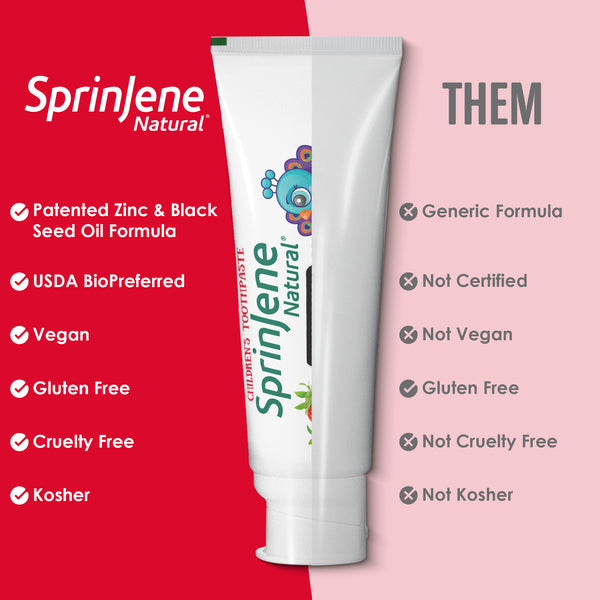
Toothpaste is a dentifrice which is in a form of a paste or gel to be used with a toothbrush to maintain and improve the health of the oral cavity and aesthetics. Since their introduction several thousand years ago, toothpaste formulations have evolved significantly, from suspensions of crushed egg shells or ashes to complex formulations with often more than 20 ingredients. Among these can be agents to combat dental caries, gum disease, malodor, calculus, erosion and dentin hypersensitivity. Furthermore, toothpastes contain abrasives to clean and whiten teeth, flavorings for the purpose of breath-freshening and dyes for better visual appeal.
Toothpowders and toothpastes are by no means inventions of current modern times. The earliest dentifrice was developed by the ancient Egyptians around 3,000–5,000 BC, a dental cream which contained powdered ashes from oxen hooves, egg shells, myrrh and pumice, primarily with the aim to remove debris from teeth. It is likely that water was added only at the time of use. Later, Persians added burnt shells of snails and oysters along with gypsum, herbs and honey somewhere around 1,000 BC. About a 1,000 years later, Greeks and Romans added more abrasives to the powder mixture, for example crushed bones and oyster shells. Romans have also been recorded to be the first to add flavors, most likely to help with bad breath and to make their paste more palatable. This flavoring was more or less powdered charcoal and bark, distant relatives of nowadays flavors. Around the same time, China and India were using a powder/paste as well. The Chinese were formulating their toothpastes with flavoring, such as ginseng, herbal mints, and salt, resembling toothpastes which are not too different from those used nowadays.
The most common issues with ancient toothpastes were the high level of abrasivity, unpleasant taste and high cost, thus making it not the ideal mass-market product that toothpastes are today. Little changed until the dawn of the industrial age in the 18th century, when the use of toothpowders became more common. Doctors, dentists and chemists were responsible for the development of toothpowders primarily to clean teeth. These powders were quite harsh to teeth, due to abrasives such as brick dust, crushed china, earthenware and cuttlefish. The current popular bicarbonate of soda was used as the body for most toothpowders. Sodium borate was added at the end of the 18th century to produce a favorable foaming effect, again an ingredient that has survived. Glycerin was added early in the 19th century to make the powders into a paste, more palatable and to prevent the paste from drying out. Strontium was introduced at this time as well, which was believed to strengthen teeth and reduce sensitivity. A very famous dentist by the name of Peabody became the first person to add ‘soap’ to toothpowder in 1824 and chalk was added in the 1850s by John Harris. In 1873, toothpaste was first mass-produced in a jar by the then Colgate & Co. In 1892, Dr. Washington Sheffield of Connecticut was the first to put toothpaste into a collapsible tube. In 1914 came undoubtedly one of the most important breakthroughs in the history of toothpastes the introduction of fluoride. British Patent GB 3,034 described ‘Improvements in or relating to dentifrices’ in which toothpaste formulations contained sodium fluoride among others. Crest toothpaste, introduced by Procter & Gamble in the USA in test markets in 1955 and across the entire USA in 1956, was likely to be first mass-marketed fluoride toothpaste in the world. This launch came after more than 10 years of caries research and largely due to a joint re-search project headed by Dr. Joseph Muhler at Indiana University. A new toothpaste containing 1,000 ppm fluoride as stannous fluoride and heat-treated calcium phosphate as abrasive was developed. This toothpaste was found to result in a significant reduction in caries occurrence in children in a clinical trial. The American Dental Association (ADA) were initially opposed to fluoride, which can be understood given the poor understanding of fluoride’s toxicity at the time. However, the ADA approved the use of fluoride salts in toothpastes in 1960, paving the way for a global roll-out of fluoride toothpastes. Jumping back in time, the development of synthetic surfactants after World War II led to the introduction of sodium lauryl sulfate (SLS), which is still the most commonly used surfactant in toothpastes nowadays. But what else happened to toothpastes during the last century? Manufacturers have gradually improved formulations for better fluoride bioavailability, lower abrasivity, better stain removal and breath freshening. Furthermore, toothpastes have become ‘multitaskers’ due to the incorporation of active ingredients in the hope to combat a variety of oral diseasesand conditions and to provide cosmetic benefits Worth mentioning here are antiplaque agents which were largely introduced in the 1980s to control the formation of supragingival plaque and antitartar agents.
NATURAL TOOTHPASTE TODAY
SprinJene Natural Toothpaste
There are many commercially available dental products that can help with preventing plaque from building up and keeping your mouth bacteria free. This is the first line of defense against dental disease, therefore it is very important that you carefully select the right brand of toothpaste. Others are more specific to suit every individuals needs.
What if there was one brand of toothpaste that was exceptionally reliable and could cater to all of your Dental needs. One that is made entirely from Natural ingredients and is free from harmful chemicals. It can be used by adults and children alike.
SprinJene toothpaste takes pride in its patented black seed and zinc formulation which makes it unique and different from all other toothpastes. This 100% Natural toothpaste is made up of a fabulous mix of ingredients which have immense benefits including being:
- Anti-bacterial
- Anti-plaque
- Anti-fungal
- Anti-inflammatory
- As well as having wound healing properties.
All of these properties along with being chemical free and having no side effects makes SprinJene toothpaste an ideal choice for you and your family.
Together, these ingredients may help to:
• Provide relief from dry mouth
• Help to control the growth of tartar
• Deliver long-lasting oral freshness
• Fight gingivitis (gum disease)
• Reduce gum inflammation
Certified: Vegan, Cruelty-Free, Gluten-Free, Kosher, Halal



